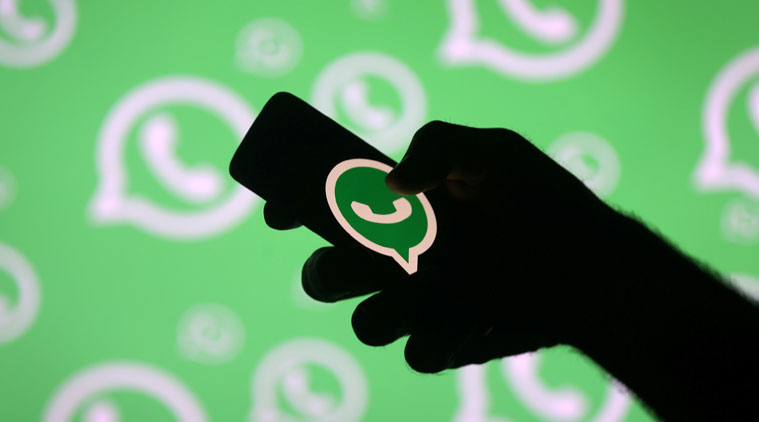 WhatsApp has revealed that nine out of 10 messages on its platforms are shared one-on-one. (Source: Reuters)
WhatsApp has revealed that nine out of 10 messages on its platforms are shared one-on-one. (Source: Reuters)
WhatsApp has revealed that over 25 per cent of its user base in India is not part of Groups — this also means a third of WhatsApp users here are exposed to groups in some way. The Facebook-owned messaging app revealed this information in a letter written to the Ministry of Electronics and Information Technology (MEITY), in response to reports that WhatsApp was extensively used to spread videos, which have led to lynchings across the country.
The Indian Express had reported that the government of India issued a statement to WhatsApp asking it to take urgent steps to contain the spread of “irresponsible and explosive messages” through its platform. “MEITY has taken serious note of these irresponsible messages and their circulation in such platforms. Deep disapproval of such developments has been conveyed to the senior management of the WhatsApp and they have been advised that necessary remedial measures should be taken to prevent proliferation of these fake and at times motivated/ sensational messages,” the statement had said.
WhatsApp has in its reply to MEITY shared interesting data on the usage of groups in India. According to WhatsApp, “the way people use the app is by nature still very private.” The company says the majority of groups on the platform continue to be small, less than ten people, though it has not given a percentage of groups which are less than ten. It also says that nine out ten messages are still sent from just one person to another, which means that nearly 90 per cent of messages shared on the platform are not on groups. These figures are shared for global usage and are not specific to India.
The reason Groups are under scrutiny is because of the recent spate of lynchings over false videos of ‘child kidnappers’ being shared via the platform in India. The assumption is that a majority of videos and misinformation is spread via groups on WhatsApp, which is the most popular messaging app in India with close to 200 million users. However, the company’s letter reveals that more messages are sent on a one-on-one basis, rather than everything being shared to groups.
Read more: Why rumours abound of WhatsApp
The app also has a broadcast option where users can broadcast a message, include a video or a picture to all there contacts without having to send individual messages or even post in Groups. The messaging app in its letter notes that it is taking steps to “prevent spam, which includes some of the misinformation that can create mistrust and potentially violence.” However one of the challenges for WhatsApp lies in identifying these messages, given the platform is end-to-end encrypted character by default. It means WhatsApp, nor any other third-party, can read messages or their actual content.
WhatsApp says it relies on user reports to block such messages, which spread misinformation. It also says, “We use machine learning to identify accounts sending a high volume of messages (faster than any human could) and we are constantly working to improve our ability to stop unwanted automated messages.”
The messaging app recently announced some changes as well. This includes marking all forwarded messages as ‘Forwarded’ and giving Group admins the option to limit the ability to send messages to just other admins, rather than all participants.